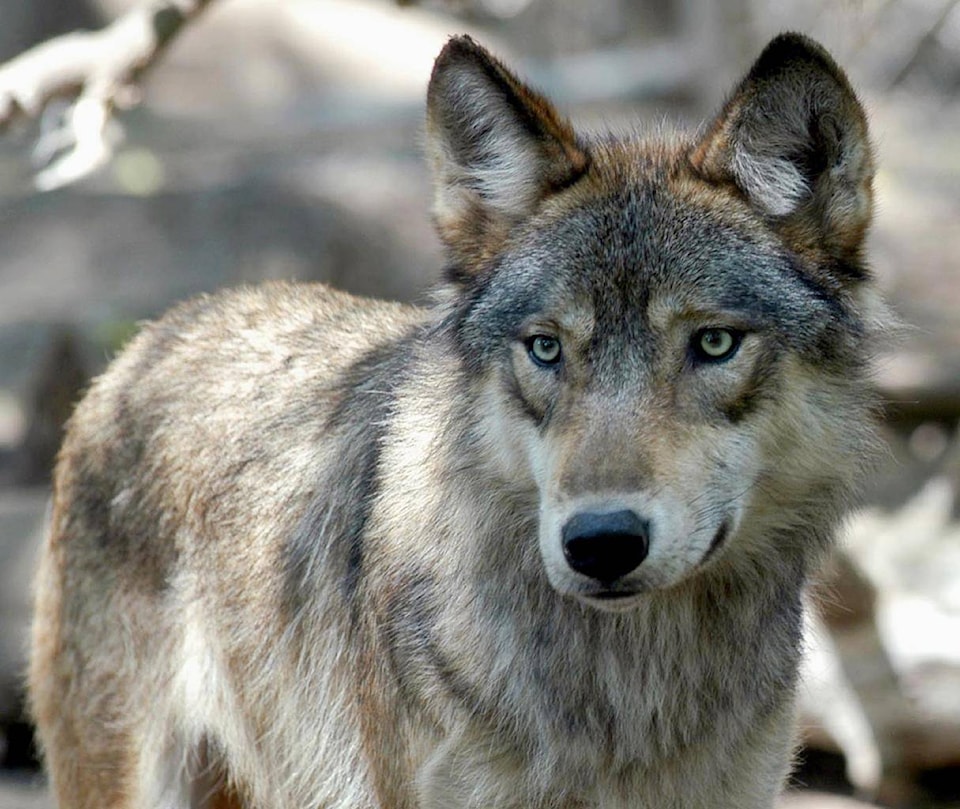Wisconsin sets 300-wolf limit after spring hunt
MADISON, Wis. (AP) — Wildlife officials in Wisconsin set a 300-animal limit Wednesday for the state’s fall wolf hunt, exceeding biologists’ recommendations as they study the impact of a rushed spring season that saw hunters take almost twice as many wolves as allotted.
State Department of Natural Resources scientists asked its policy board to cap kills at 130 animals, saying board members must be cautions because the four-day season in February took place during wolves’ breeding season and the long-term ramifications on the population are unknown.
But conservative-leaning members of the board countered that the population is still well above the DNR’s goal of 350 animals and they have a responsibility to manage the pack and protect livestock from wolf attacks. The board ultimately voted 5-2 to set aside the department’s recommendation and up the quota to 300 animals.
“The department can’t go against the management plan now of 350,” board member Greg Kazmierski said. “We are stuck with the plan in front of us today. We need to show we’re trying to move toward that goal. If we don’t, we can throw out all the management plans in the state because we don’t need them.”
The working quota for state-licensed hunters will almost certainly be less than 300, however. The state’s Chippewa tribes are entitled to claim up to half of the quota under treaty rights dating back to the 1800s. The Chippewa consider wolves sacred and refuse to hunt them. If the tribes claim their full half of the quota, state-licenses hunters will be allowed to kill only 150 wolves.
The vote marks another testy chapter in what has becoming a bitter saga over wolf management in Wisconsin. The animal has made a remarkable comeback in the state — the DNR’s latest estimates from the winter of 2019-2020 put the population at around 1,000 animals statewide. The department’s management plan, adopted in 1999, sets out a population goal of 350.
As more wolves have appeared on the landscape conflict over how to handle them have only intensified.
Farmers and residents across northern Wisconsin say wolves are menacing their pets and livestock and hunting is the only way to control them.
